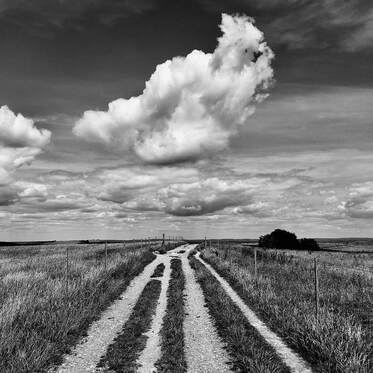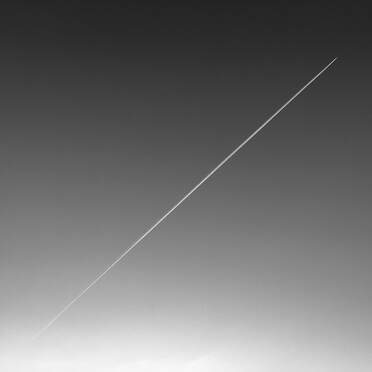|
By Nigel Jarvis Looking up into the sky is a habit I have had for many years. I grew up near Kenley airfield watching gliders flying on invisible air currents. The gliders had an open cockpit so you would often hear a voice from the heavens shouting instructions. Perhaps seeing those gliders is what got me airborne. I learned to paraglide and this took me among the clouds, giving me a greater understanding of them. One cloud story of which I have many, was flying with Peter in a motorised glider in south east Ireland. Peter gave me the controls; there were white cumulus clouds all around us. See those clouds ahead, fly between them and then around the one on the right, Peter encouraged. It was an unforgettable experience to fly with Peter, to be that close to the clouds looking down at their shadows on the ground. You could say as the song goes, I have looked at clouds from both sides now. I have looked at clouds from both sides now. All clouds are basically water droplets or ice droplets that float in the sky with different shapes and sizes. These differences can help us predict the weather. Luke Howard came up with the naming system in 1802 he is now known as the godfather of clouds, namer of the clouds and father of meteorology, all pretty cool titles. This fascination with clouds has shown up in my photography for many years. Clouds can be used to add balance and interest to a landscape or seascape, provide an abstract pattern or even a white background for a graphical image. High Cirrus clouds can give beautiful patterns in the sky. In the hills you can often see lenticular or wave clouds, a long smooth cloud which has improved many landscape images. After some bad weather, the cloudscape can change very quickly giving many photographic opportunities. High Cirrus clouds give beautiful patterns in the sky. Although not strictly clouds, aircraft vapour trails can add to the composition. I used a vapour trail to compose a very minimalist image recently, a clear sky with a diagonal white line from corner to corner. Cirrocumulus is often found with wispy cirrus, sometimes known as ‘mares’ tails’ make excellent subjects. Altocumulus and Cirrocumulus can give what is known as a mackerel sky. I have had many seascape enhanced by this. Probably the most recognisable cloud is the vertical stack, taller than it is wide, of cumulonimbus, the thunder cloud, loaded with impending drama. A cloudless sky holds little interest.
The clouds above us provide a huge range of photographic compositions either on their own or as part of the scene below. If you learn how to read them, they tell you what is happening now or coming soon. Much as we all like blue sky days, a cloudless sky holds little interest for a photographer. |
Archives
December 2020
Categories |




 RSS Feed
RSS Feed